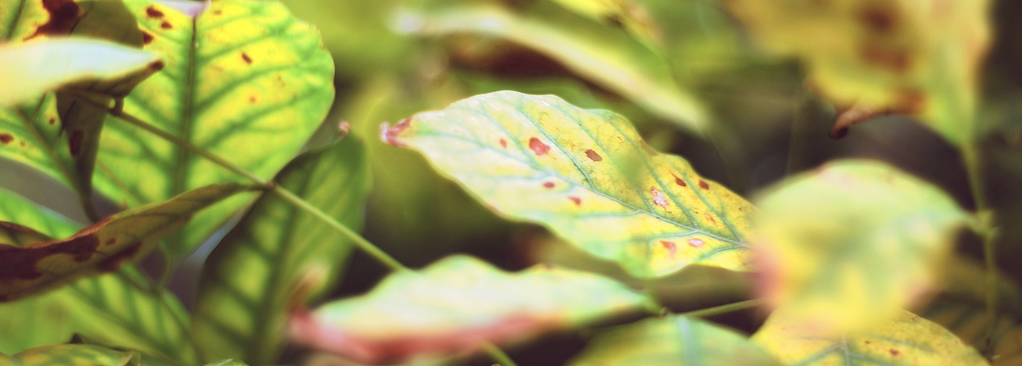New Scientist
Image: …-Wink-…
The planet is in crisis. The stench of death is everywhere as whole branches of the tree of life are pruned almost to oblivion – and all because of the waste gas pumped into the atmosphere by one incredibly successful species. Welcome to Earth, 2.4 billion years ago.
This was arguably the most tumultuous episode in life’s history. It had been thriving for well over a billion years when a new kind of cell appeared on the scene, one that harvested the sun’s energy using a process that generates a highly toxic by-product – oxygen. These cells were soon growing in such unimaginable numbers in the primordial oceans that they transformed Earth’s atmosphere.
At the time, this was a catastrophe. The rise of oxygen may have wiped out a greater proportion of life than in any other mass extinction. But the very property that makes oxygen so dangerous – its high reactivity – also makes it a rich source of energy. Life soon started to exploit this, including, of course, our animal ancestors.
In the past decade, our view of this crucial episode has been turned upside down. The textbooks will tell you that oxygen levels began climbing soon after photosynthesis evolved, but we now know that some cells started photosynthesising as long as 3.4 billion years ago, long before oxygen levels began to rise. The question is, why did it take so long for them to start pumping out oxygen? Read more on newscientist.com…








